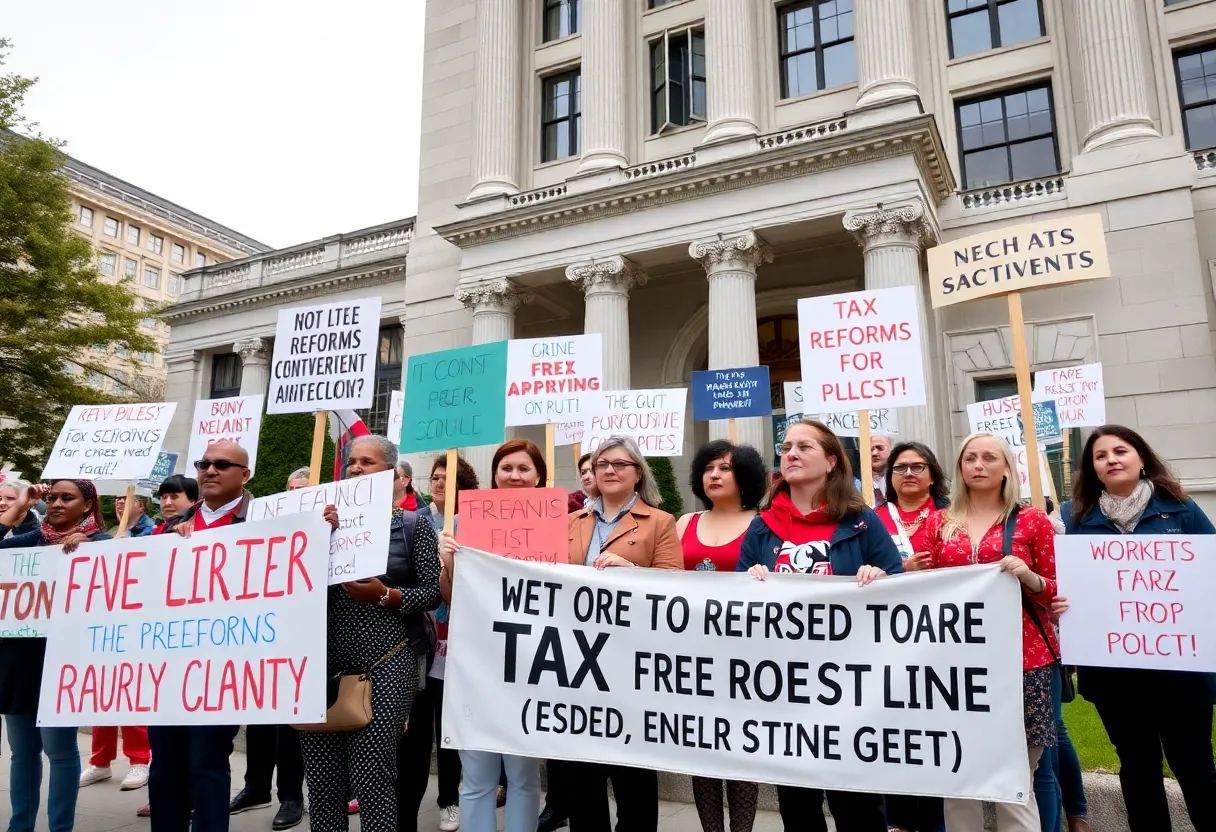News Summary
Massachusetts is set to introduce a new large building energy reporting (LBER) policy this fall, targeting over 30,000 buildings with a gross floor area over 20,000 square feet. This initiative, part of the 2022 clean energy law, aims to enhance energy transparency by requiring detailed energy usage reporting. Utilities will assist building owners in reporting energy data, fostering informed decision-making for stakeholders. Key deadlines are approaching, making it essential for building owners to prepare for compliance.
Massachusetts Gears Up for New Energy Reporting Policy This Fall
As the vibrant backdrop of spring unfolds in Massachusetts, the state is actively preparing for an important shift in energy reporting regulations that will take effect this fall. The state officials are finalizing a draft list of “covered buildings” that will fall under the large building energy reporting (LBER) policy, a crucial component of the 2022 clean energy and offshore wind law.
What’s the Big Deal?
The LBER policy is set to affect over 30,000 properties, marking a significant push towards energy transparency in larger buildings across the state. So, what’s this all about? Buildings that boast a gross floor area of more than 20,000 square feet will be required to participate in this energy reporting initiative. This includes notable structures like the State House itself, which covers a massive 519,628 square feet!
Owners of large buildings have an important deadline ahead. The final list of buildings subject to this policy will be posted on March 31, 2025. Until then, building owners are encouraged to review the draft list and make any necessary changes. It’s essential for owners to fill out a form to “claim” their buildings, ensuring their properties will be accurately represented in the upcoming energy reporting requirements.
Utilities Do the Heavy Lifting
Adding to the efficiency of this policy, electric, gas, and steam utilities are required to report energy usage data on behalf of building owners. Yes, you read that right! Utilities will actively work to gather data, enabling a smoother transition into this new energy landscape. However, it doesn’t stop there. Building owners, or their agents, are also responsible for disclosing any other energy sources their buildings rely on, including oil, propane, wood, and even renewable energy sources. It’s all part of an effort to create a clearer picture of energy consumption patterns across the state.
Why Transparency Matters
At the heart of this policy is the goal of enhancing data transparency, which will have far-reaching implications. This initiative aims to give stakeholders like tenants and investors vital information that will help them make informed decisions when it comes to leasing or financing properties. Owners and tenants alike will benefit from an increased understanding of energy usage, paving the way for more sustainable, energy-efficient practices.
Playing by the Rules
Massachusetts is making sure this new state policy works in harmony with existing city-level energy disclosure requirements, particularly in Boston and Cambridge. These cities already have local regulations in place for large buildings, and in Cambridge, the rules apply to structures over 25,000 square feet. Building owners there will need to navigate both local and state reporting mandates, an important consideration for anyone managing large properties.
Key Upcoming Deadlines
With the energy reporting overhaul on the horizon, here are some relevant deadlines to keep in mind:
- April 30: Building owners, managers, and utilities must dispute their property’s inclusion on the covered buildings list.
- June 30: All energy usage data needs to be submitted by distribution companies, municipal utilities, and building owners.
- October 31: The Massachusetts Department of Energy Resources (DOER) will publish the first disclosure reports.
Additionally, there are exceptions to the reporting requirements. Buildings may be exempt if they have been vacant for a full year, have been significantly vacant due to natural calamities, or if they have been demolished.
Guidance on the Horizon
The DOER is also working on additional guidance regarding the reporting process, including calculations for gross floor area and details about potential exemptions. The aim is to ensure that the process of qualifying buildings for reporting is refined and improved continuously.
As Massachusetts steps into this exciting new era of energy reporting, building owners, tenants, and stakeholders should prepare for a future where energy consumption is more transparent and informed decision-making is the norm. The energy landscape is changing, and everyone is invited to be a part of the journey!
Deeper Dive: News & Info About This Topic
HERE Resources
Additional Resources
- WWLP: Buildings Reporting Energy Use
- Boston Real Estate Times: MA Energy Report
- Boston Globe: MA Climate Report Card
- Utility Dive: Boston Net Zero Zoning Law
- Boston.com: Boston BERDO 2.0








